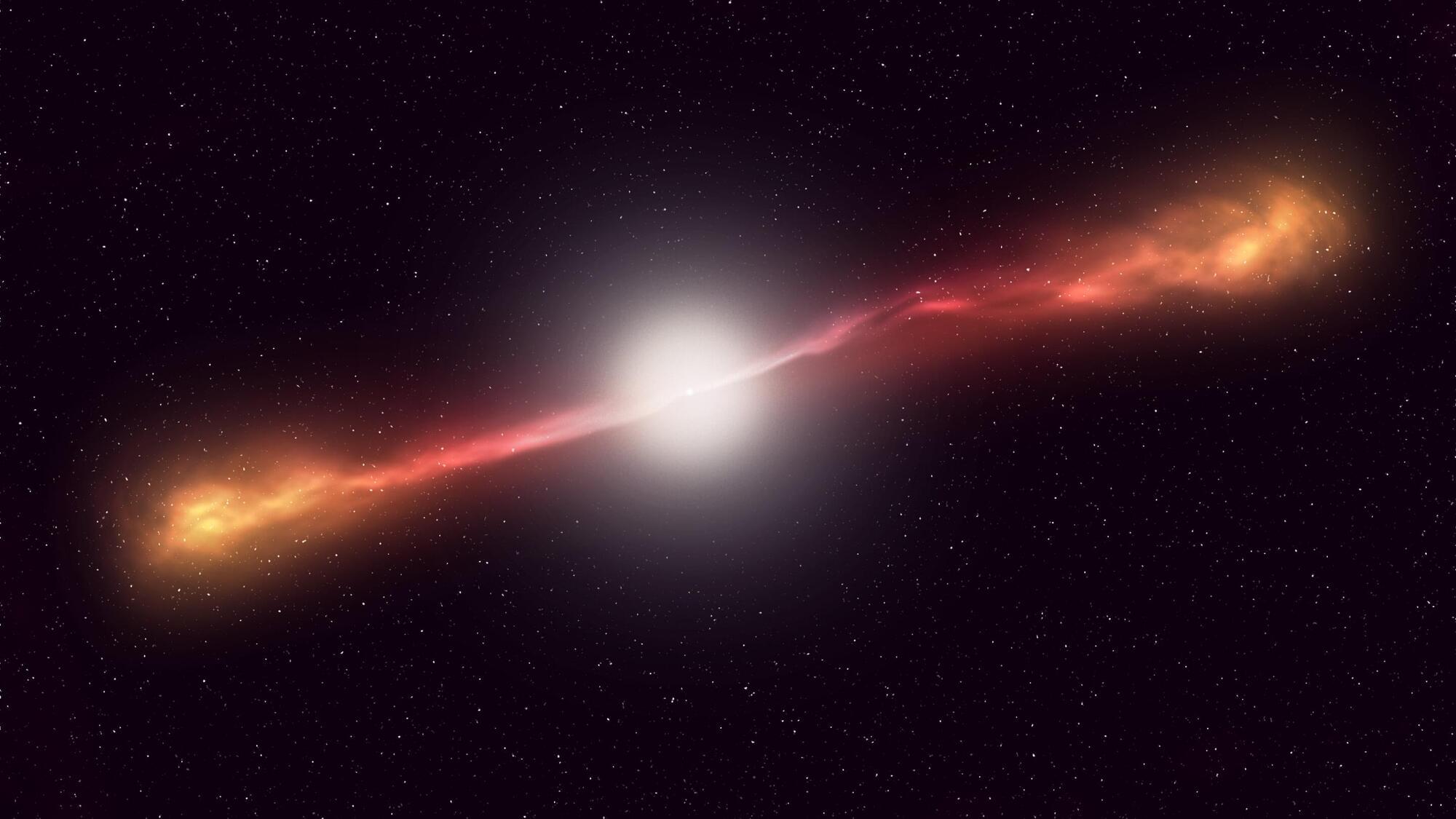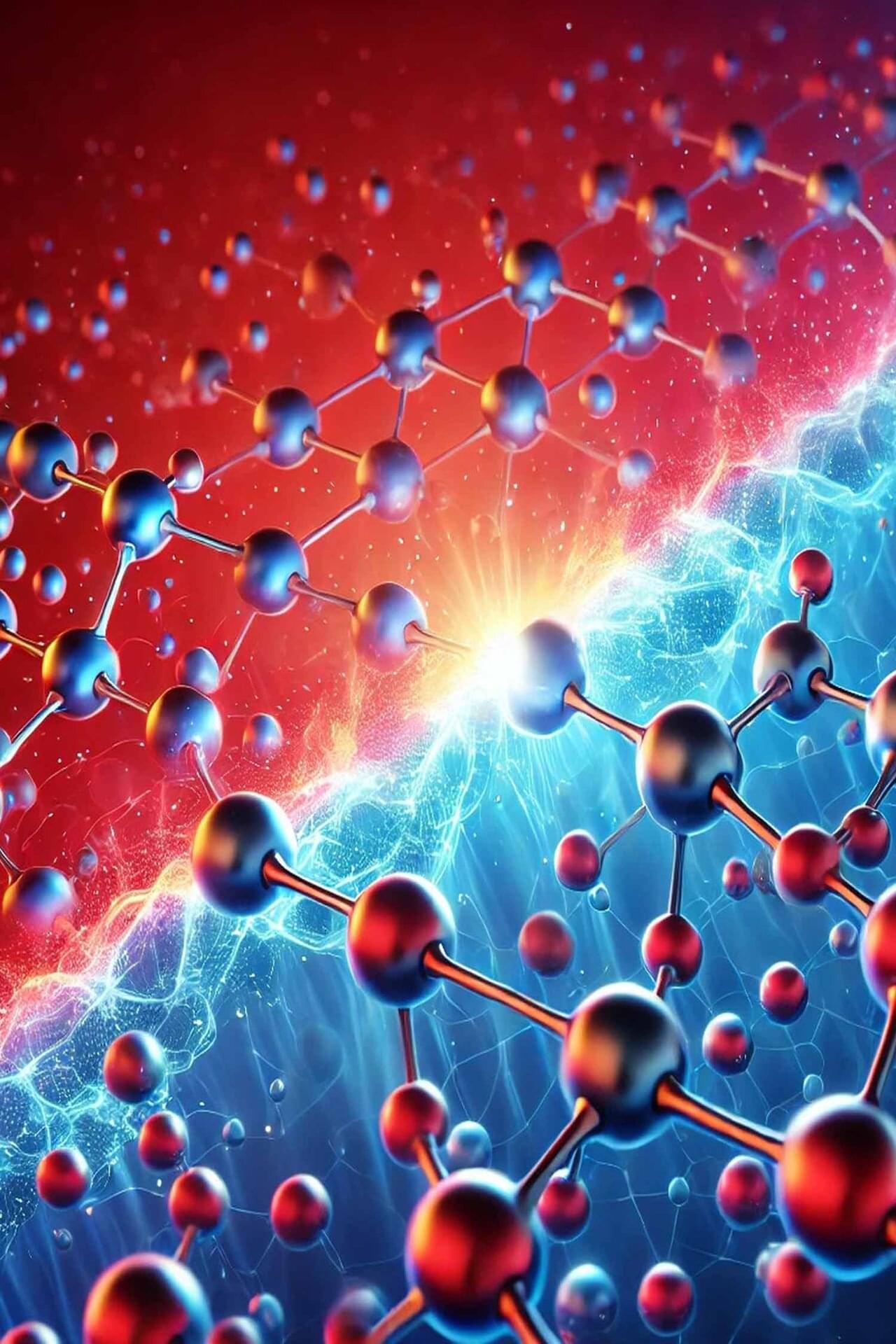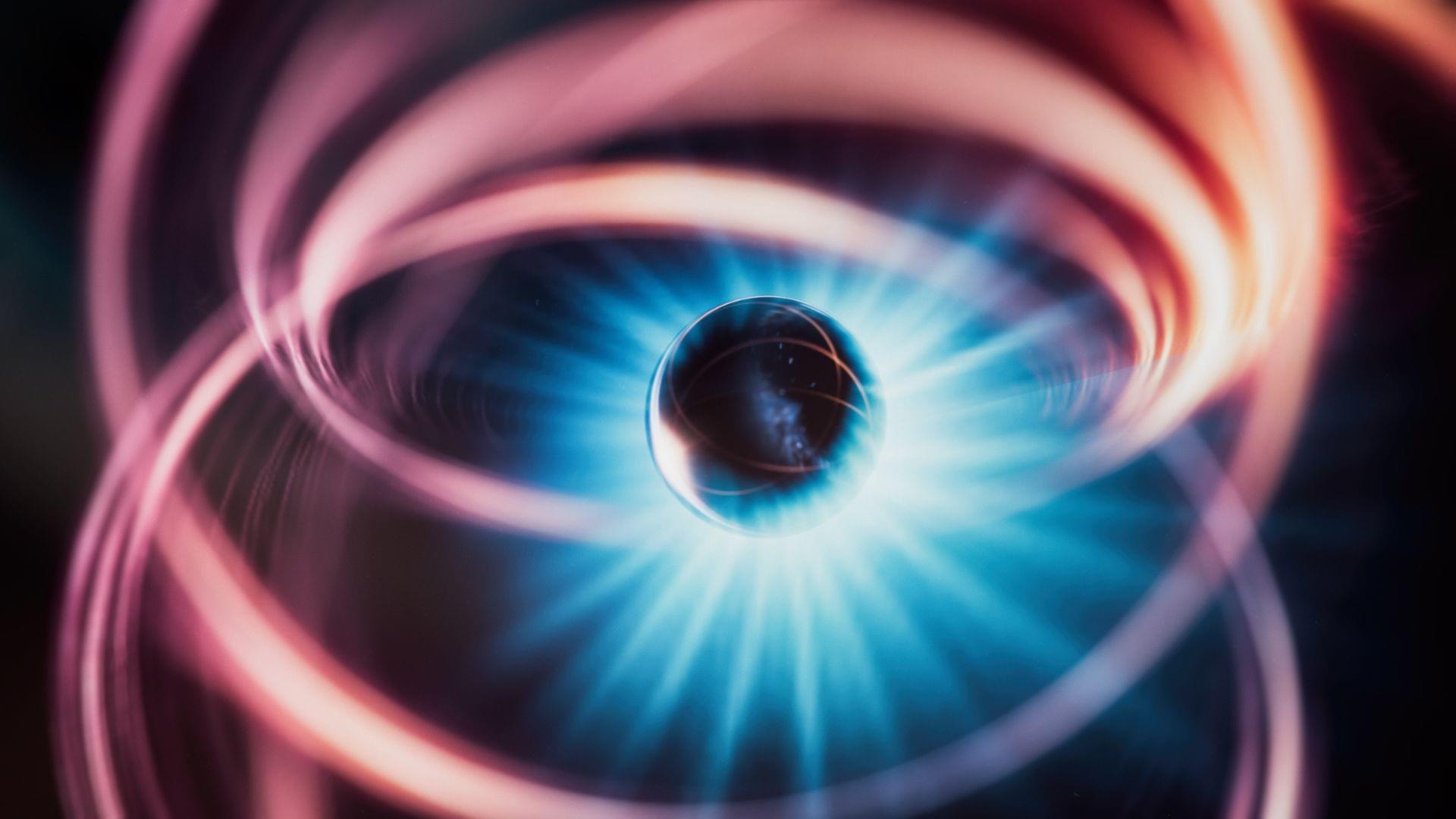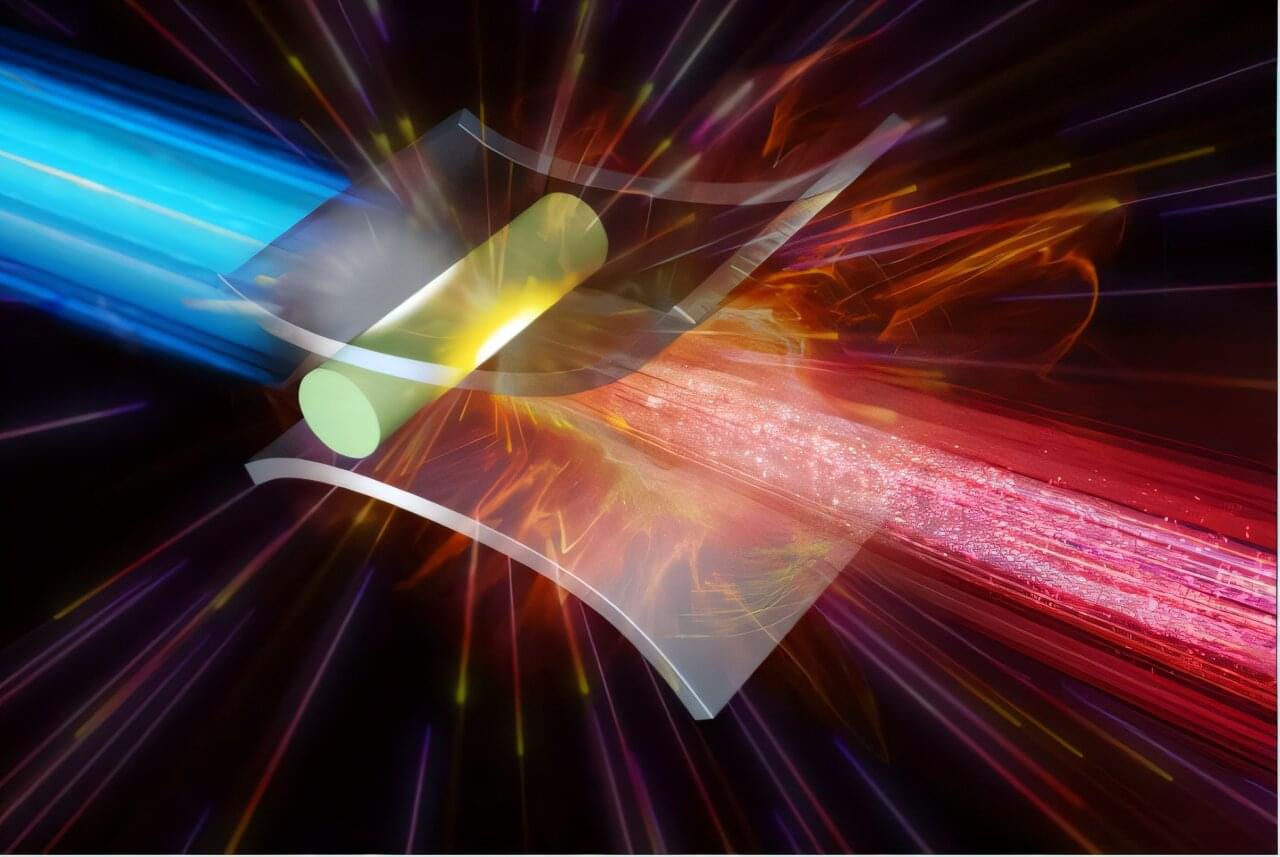The deviant behavior of a subatomic particle might point to undiscovered forms of matter and energy in the universe. Or it might not.



As federal funding cuts impact decades of research, scientists could turn to black holes for cheaper, natural alternatives to expensive facilities searching for dark matter and similarly elusive particles that hold clues to the universe’s deepest secrets, a new Johns Hopkins study of supermassive black holes suggests.
The findings, which appear in Physical Review Letters, could help complement multi-billion-dollar expenses and decades of construction needed for research complexes like Europe’s Large Hadron Collider, the largest and highest-energy particle accelerator in the world.
“One of the great hopes for particle colliders like the Large Hadron Collider is that it will generate dark matter particles, but we haven’t seen any evidence yet,” said study co-author Joseph Silk, an astrophysics professor at Johns Hopkins University and the University of Oxford, UK.
Merging neutron stars are excellent targets for multi-messenger astronomy. This modern and still very young method of astrophysics coordinates observations of the various signals from one and the same astrophysical source. When two neutron stars collide, they emit gravitational waves, neutrinos and radiation across the entire electromagnetic spectrum. To detect them, researchers need to add gravitational wave detectors and neutrino telescopes to ordinary telescopes that capture light.
Precise models and predictions of the expected signals are essential in order to coordinate these observatories, which are very different in nature.
“Predicting the multi-messenger signals from binary neutron star mergers from first principles is extremely difficult. We have now succeeded in doing just that,” says Kota Hayashi, a postdoctoral researcher in the Computational Relativistic Astrophysics department at the Max Planck Institute for Gravitational Physics (Albert Einstein Institute) in the Potsdam Science Park. “Using the Fugaku supercomputer in Japan, we have performed the longest and most complex simulation of a binary neutron star merger to date.”

An emerging technology to make lithium-ion batteries safer and more powerful involves using solid rather than liquid electrolytes, the materials that make it possible for ions to move through the device to generate power.
A team of University of Texas at Dallas researchers and their colleagues have discovered that the mixing of small particles between two solid electrolytes can generate an effect called a “space charge layer,” an accumulation of electric charge at the interface between the two materials.
The finding could aid the development of batteries with solid electrolytes, called solid-state batteries, for applications including mobile devices and electric vehicles. The researchers published their study in ACS Energy Letters, where it is featured on the cover of the March issue.

Researchers from the RIKEN Center for Quantum Computing and Huazhong University of Science and Technology have conducted a theoretical analysis demonstrating how a “topological quantum battery”—an innovative device that leverages the topological properties of photonic waveguides and quantum effects of two-level atoms—could be efficiently designed. The work, published in Physical Review Letters, holds promise for applications in nanoscale energy storage, optical quantum communication, and distributed quantum computing.
With increasing global awareness of the importance of environmental sustainability, developing next-generation energy storage devices has become a critical priority. Quantum batteries—hypothetical miniature devices that, unlike classical batteries that store energy via chemical reactions, rely on quantum properties such as superposition, entanglement, and coherence—have the potential to enhance the storage and transfer of energy.
From a mechanistic perspective, they offer potential performance advantages over classical batteries, including improved charging power, increased capacity, and superior work extraction efficiency.

Cosmic rays are high-energy particles from outer space that strike Earth’s atmosphere, generating showers of secondary particles, such as muons, that can reach the planet’s surface. In recent years, ground-based experiments have detected more cosmic muons than current theoretical models predict, a discrepancy known as the muon puzzle.
Underground experiments offer good conditions for the detection of cosmic muons, because the rock or soil above the experiments absorbs the other shower components. They could therefore help to solve the muon puzzle. One example is ALICE at the Large Hadron Collider (LHC).
Designed to study the products of heavy-ion collisions, ALICE is also well-suited for detecting cosmic muons thanks to its location in a cavern 52 meters underground, shielded by 28 meters of overburden rock and an additional 1 meter of iron magnet yoke.

Quantum computing, a field of scientific exploration, is based on the quantum mechanical principle of superposition, which allows particles to exist in multiple states simultaneously. This principle, along with entanglement, a quantum phenomenon that enables particles to be instantaneously connected, provides quantum computers with computational power beyond the reach of classical computers. The development of quantum computing, rooted in the early 20th century, is a testament to intellectual daring, as scientists grappled with concepts that defied logic but were supported by experimental evidence.


Proton beams with giga-electron-volt (GeV) energies—once thought to be achievable only with massive particle accelerators—may soon be generated in compact setups thanks to a breakthrough by researchers at The University of Osaka.
A team led by Professor Masakatsu Murakami has developed a novel concept called micronozzle acceleration (MNA). By designing a microtarget with tiny nozzle-like features and irradiating it with ultraintense, ultrashort laser pulses, the team successfully demonstrated—through advanced numerical simulations—the generation of high-quality, GeV-class proton beams: a world-first achievement.
The article, “Generation of giga-electron-volt proton beams by micronozzle acceleration,” was published in Scientific Reports.
